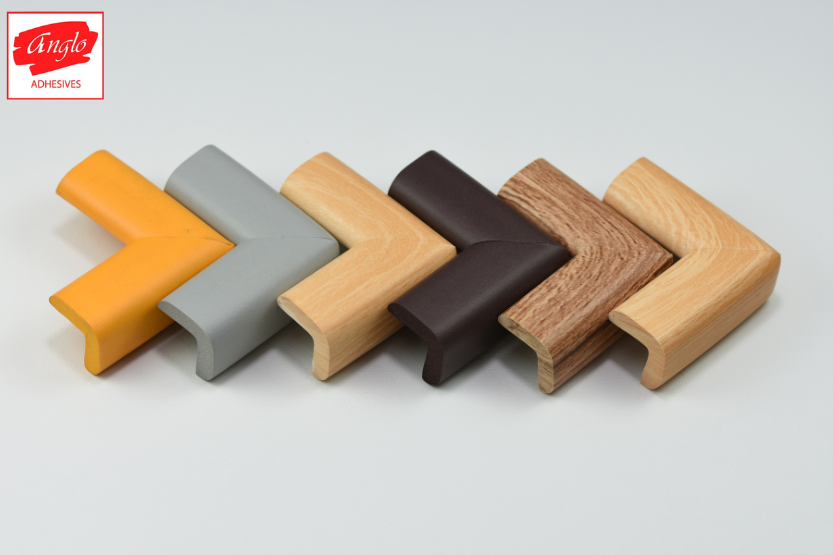Blog
Rubber Cement Use and Types

Rubber cement is a widely used adhesive known for its versatility and ease of use. It has been a staple in various applications, from arts and crafts to industrial uses. Thus, this article will explore rubber cement use, focussing on different types of rubber cement, including Polychloroprene contact adhesive, rubber acrylic cement, neoprene cement, and contact cement. We will discuss their properties, applications, and best practices for effective use.
Understanding Rubber Cement
Rubber cement is an adhesive made from elastic polymers suspended in a solvent. Common solvents include acetone, hexane, and toluene. As the solvent evaporates, the rubber forms a solid bond, making it suitable for various materials. Thus, rubber cement use is prevalent in situations where flexibility and repositionability are essential.
Key Characteristics of Rubber Cement
- Flexibility: Once dry, rubber cement remains flexible. Thus, allowing it to bond materials that may experience movement.
- Repositionability: Many rubber cements allow for repositioning before the bond sets completely, which is beneficial for precise applications.
- Easy Application: Rubber cement typically comes in jars or tubes with applicators, making it simple to apply.
- Odour: Rubber cement has a strong smell due to the solvents used, so it should be applied in well-ventilated areas.
Types of Rubber Cement
Polychloroprene Contact Adhesive
A type of rubber cement known for its strong bonding capabilities. It is often used in industrial applications and for heavy-duty projects.
- Strength: It provides a strong, permanent bond, making it ideal for materials that require durability.
- Versatility: It can bond various surfaces, including rubber, wood, metal, and plastics.
Applications:
- Construction: Commonly used for bonding laminate countertops to cabinets.
- Automotive: It is effective for securing rubber seals and weather stripping in vehicles.
Rubber Acrylic Cement
A hybrid adhesive that combines the properties of rubber and acrylic. Also, this type of cement offers excellent adhesion and flexibility.
- Fast Drying: Rubber acrylic cement dries quickly, allowing for faster project completion.
- Water Resistance: It provides a water-resistant bond, making it suitable for outdoor applications.
Applications:
- Craft Projects: Ideal for paper and fabric crafts, rubber acrylic cement allows for repositioning before setting.
- Repair Work: It is effective for repairing items exposed to moisture, such as outdoor furniture.
Neoprene Cement
Known for its high strength and flexibility. It is particularly effective for bonding materials that experience stress.
- Durability: Neoprene cement forms a strong bond that can withstand heat and moisture.
- Flexibility: It remains flexible after curing, making it suitable for applications where movement occurs.
Applications:
- Footwear: Commonly used in shoe manufacturing to bond rubber and leather components.
- Industrial Uses: It is effective for bonding gaskets, seals, and other components in machinery.
Contact Cement
A solvent-based adhesive that creates a strong bond upon contact. It is not repositionable once the surfaces are joined.
- Instant Bonding: It bonds instantly when two coated surfaces are pressed together.
- High Strength: Hence, it provides a durable bond suitable for heavy-duty applications.
Applications:
- Laminating: Widely used for laminating surfaces, such as countertops and cabinetry.
- Leathercraft: Thus, effective for bonding leather to other materials, making it popular in leatherworking.
Best Practices for Rubber Cement Use
To achieve optimal results with rubber cement, consider the following tips:
- Surface Preparation: Ensure that surfaces are clean and dry before applying rubber cement. Further, dust, grease, or moisture can weaken the bond.
- Apply Evenly: Use a consistent layer of rubber cement on both surfaces to ensure a strong bond. Avoid over-applying, as excess adhesive can lead to longer drying times.
- Allow for Drying: Follow the manufacturer’s instructions regarding drying times. Typically, rubber cement requires a few minutes to become tacky before surfaces can be joined.
- Ventilation: Additionally, use rubber cement in a well-ventilated area to avoid inhaling fumes from the solvent.
- Storage: Store rubber cement in a cool, dry place to prolong its shelf life. Moreover, ensure the cap is tightly sealed to prevent the solvent from evaporating.
Mastering Rubber Cement Use with Anglo Adhesives
Rubber cement stands as a versatile adhesive, indispensable across a broad spectrum of applications, from intricate arts and crafts to demanding industrial tasks. Familiarity with the different varieties—such as Polychloroprene contact adhesive, rubber acrylic cement, neoprene cement, and contact cement—empowers users to make informed decisions tailored to their specific requirements. Employing best practices when using rubber cement ensures optimal bonding and the success of your projects. For those seeking expertise in adhesive solutions, Anglo Adhesives offers a comprehensive range of rubber cement products designed to meet diverse needs. Our commitment to quality and innovation ensures that whether your project requires a temporary fix or a long-lasting bond. Anglo Adhesives provides reliable, high-performance options to achieve the best results.